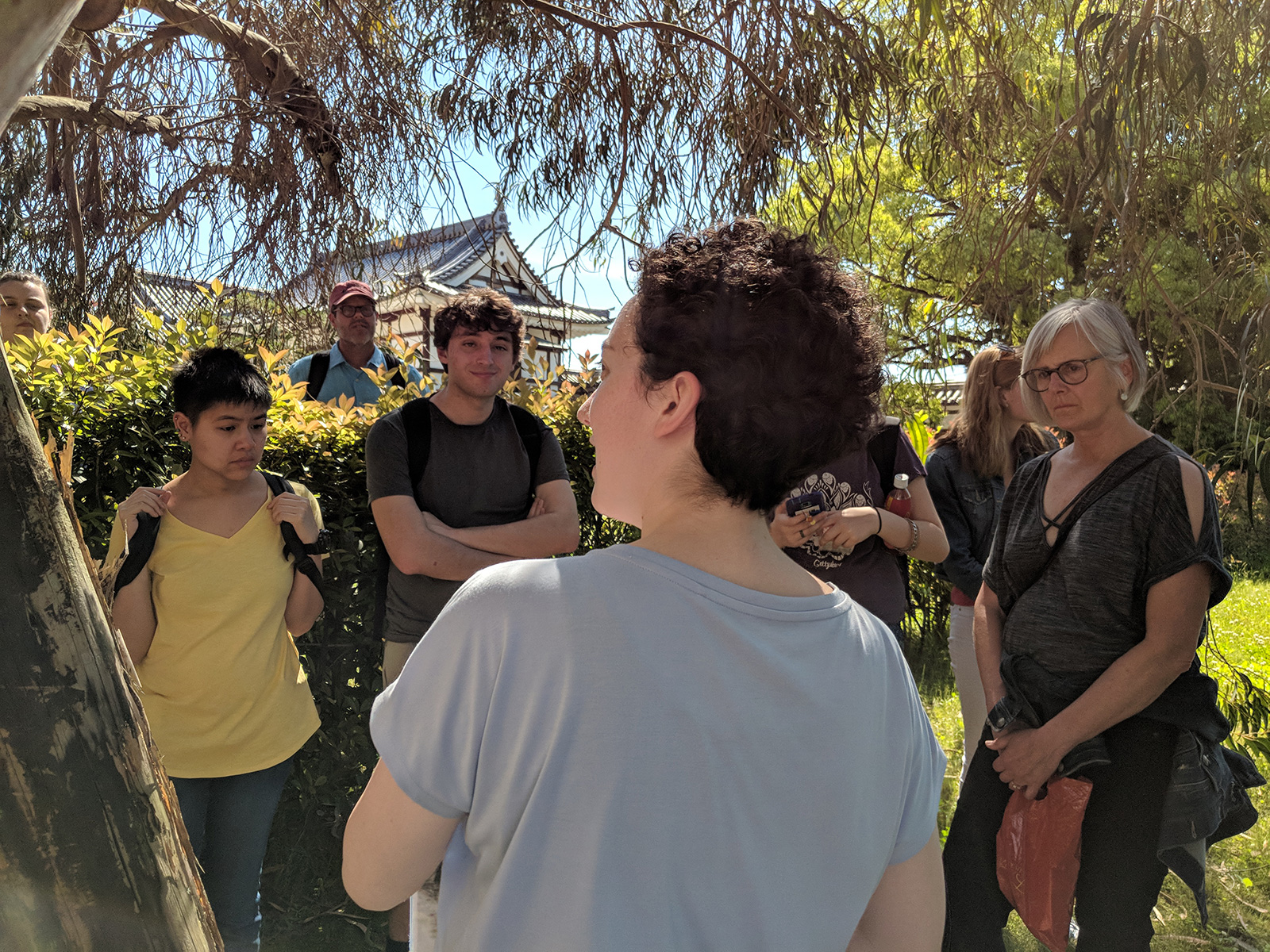
I had an excellent time during the two jam-packed weeks of our study abroad program in Japan—Exploring Culture, Peace-building, and the Legacies of War. Though I had already visited Japan twice, this trip took us to places that I would likely not have visited otherwise and exposed me to countless people and their points of view.
After a brief stay at Osaka Ohtani University, we made our way to the cities of Nagasaki and Hiroshima, the only two locations on earth where atomic weapons have been used in a non-testing capacity. While the two cities suffered similar tragedies at the end of World War II, I found the atmosphere of each to be completely different. Nagasaki—which is as far west as one can go in Japan—seemed to be a quiet, perhaps even spiritual place, while Hiroshima seemed typical of what I had come to expect from a Japanese city.
Hiroshima still remembers and respects its past but has made peace with it and largely blends in with the rest of modern Japan. On the other hand, Nagasaki still seems to find its identity in its past. That may be in part due to Nagasaki having the distinction of being a bastion of Christianity in one of the least Christian countries in the world. Visiting the Twenty-Six Martyrs Museum and the Urakami Cathedral, it is clear that the bombing is contextualized —by some at least—through the lens of Christian faith as one part of a much longer history.
Throughout my time in Nagasaki and Hiroshima, context and narrative played an important role in my understanding and experience. Both cities’ bombing museums open with the bombings themselves and relegate the long, complex history of the war and Imperial Japan to smaller plaques placed toward the end of the exhibits. Of course, I would expect a bombing museum to focus on the bombing and its accompanying horrors, but to place so little emphasis on the complexities surrounding it seems to be a narrative in of itself.